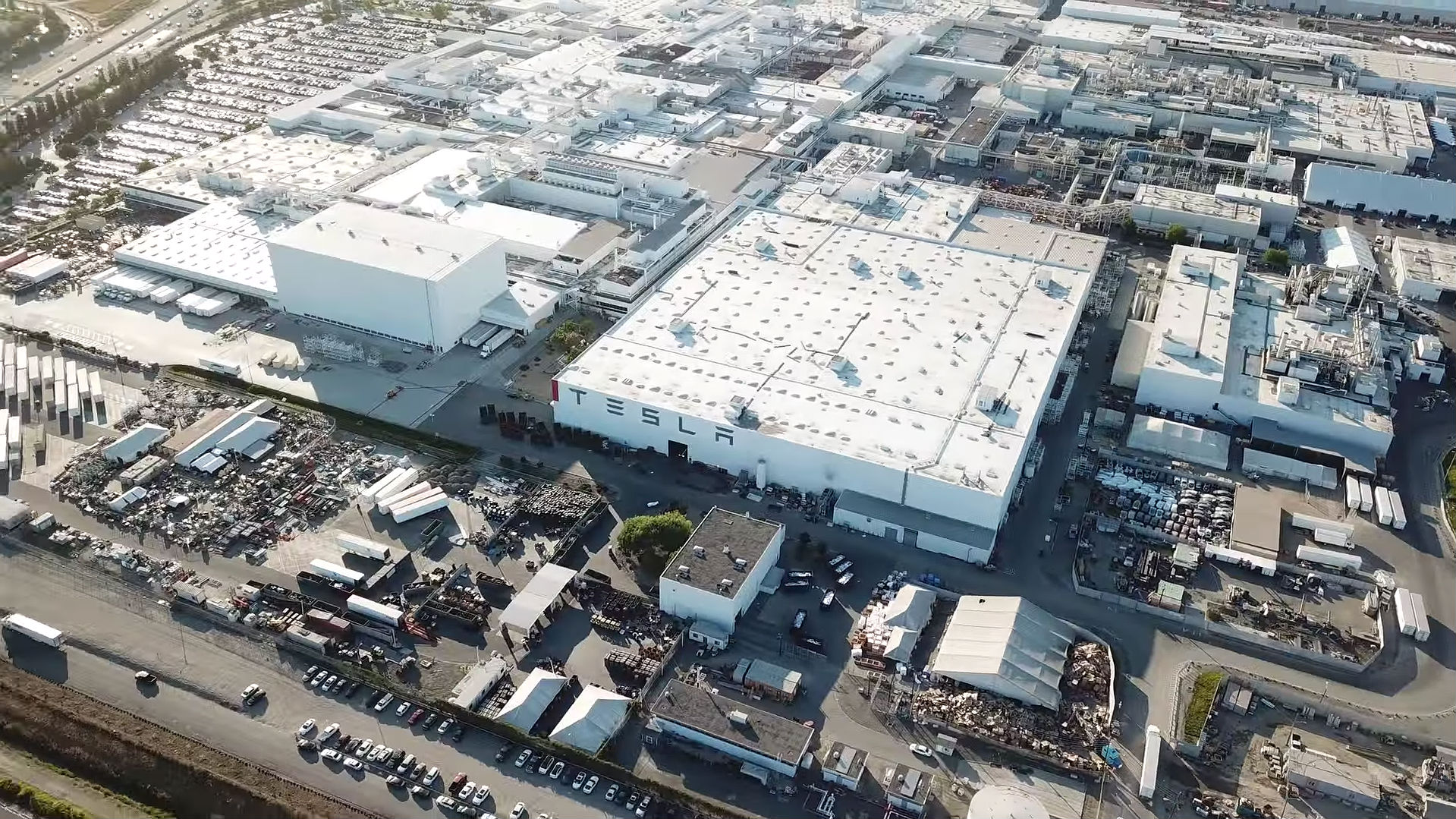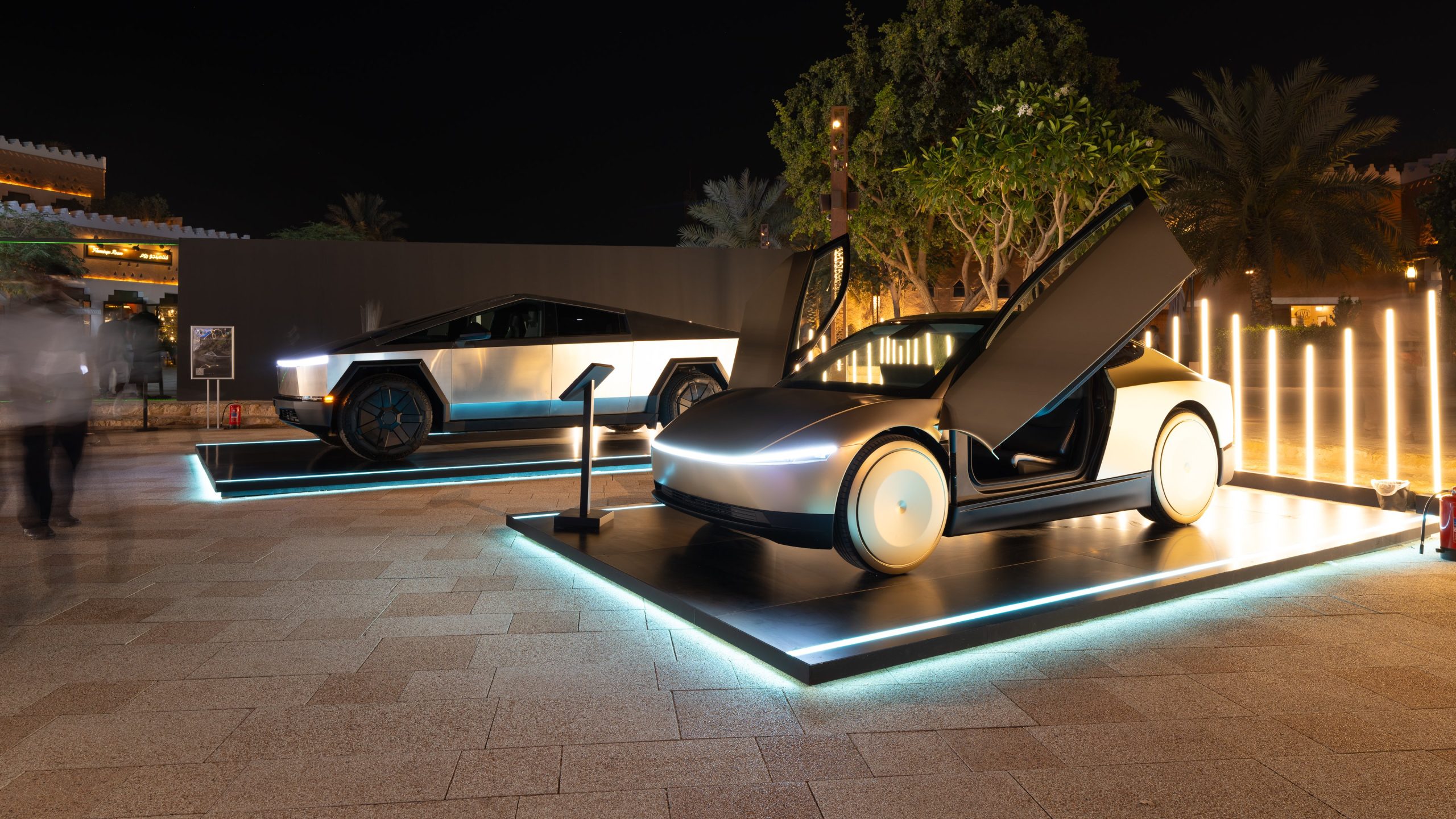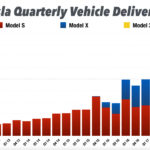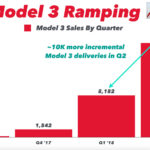

Investor's Corner
Tesla Q2 2018 earnings preview: Layoffs, auto revenue, cost of Model 3 ramp
All eyes will be on Tesla’s pace toward profitability on Wednesday, August 1 when the Silicon Valley company, led by CEO Elon Musk, releases its second quarter financial results after the closing bell. With the electric car maker meeting Musk’s self-imposed Model 3 weekly production target for the second quarter practically by the skin of its teeth, there is a good chance that Q2’s financial results will trigger even more volatility in Tesla’s stock (NASDAQ:TSLA). Here then, is a preview of what we can expect for Tesla’s Q2 2018 financial report and earnings call.
Automotive Deliveries and Revenue Impact
Tesla revealed Q2 deliveries totaling 40,740 vehicles, of which 18,440 were Model 3, 10,930 were Model S, and 11,370 were Model X when it released its production and delivery report earlier this month. Based on the company’s figures, the second quarter results are set to highlight the record deliveries for the Model 3, 10,000 more units compared to Q1. Charts displaying these could be viewed below, courtesy of Galileo Russell of YouTube’s HyperChange TV.
- Tesla’s vehicle deliveries. [Credit: Galileo Russell]
- Tesla’s Model 3 deliveries. [Credit: Galileo Russell]
Tesla posted revenue of $2.56B in Q1 for vehicle sales, including 8,182 Model 3s that were delivered to customers during the three-month period. Assuming that the additional 10,000 Model 3 delivered in Q2 averaged $55,000 per unit, Tesla could post an additional ~$550 million in earnings from the electric car. Revenue from Tesla’s vehicle leasing business likely remained flat considering that the lending option is not available yet for the Model 3. Service revenue could see a spike in Q2, however, as a result of more Model 3 vehicles being on the road.
The Price of the Model 3 Ramp
Tesla focused largely on the Model 3 ramp during Q2 2018, with the company pulling out all stops to hit its milestone of producing 5,000 Model 3 per week by the end of June. In order to achieve its target production rate, Tesla adopted unorthodox measures such as air-freighting robots and equipment from Europe and setting up an entirely new Model 3 assembly line on the grounds of the Fremont factory. These strategies likely resulted in additional expenses for the company in the second quarter. With the Model 3 ramp as a priority, Tesla’s other sources of income, such as its battery storage and solar business likely remained flat compared to Q1 as a result.
The company’s operational expenditure would likely see a slight bump in the second quarter due to the 9% layoffs that Tesla implemented to organize its workforce, considering that the restructuring included severance pay packages to employees who were terminated. In a video outlining his expectations for Tesla’s Q2 2018 results, the HyperChange TV host noted that he believes Tesla would post an estimated $4B in revenue with losses in the ~$500 million range. That’s a 43% increase in revenue compared to Q2 2017, when Tesla posted earnings of $2.8B, but also double the losses of the company’s losses in 2017’s second quarter.
Looking Past Q2’s Aftermath
Overall, Tesla’s Q2 2018 quarter financial results would likely feature similarities with Q1, in the way that the company would show strong growth but post substantial losses and negative cash flow. Nevertheless, it is pertinent to note that while Q2 2018’s numbers could be discouraging, the quarter could be seen as a turning point for Tesla, especially with regards to its Model 3 ramp. The past quarters, Q2 2018 included, have been focused on bringing the vehicle’s manufacturing up to 5,000 per week, resulting in the company investing heavily in resources to help scale the vehicle’s production.
With the 5,000/week milestone attained and with Tesla now more focused on sustaining its Model 3 production rate, Q3 2018 would most likely feature a pathway to profitability in the form of more encouraging financials than the second quarter. Provided that Tesla adopts a deliberate, realistic plan for the further ramp of the Model 3, the next few quarters could very well prove to be profitable.
Watch Galileo Russell’s take on Tesla’s Q2 2018 financial results in the video below.

Investor's Corner
SpaceX IPO is coming, CEO Elon Musk confirms
However, it appears Musk is ready for SpaceX to go public, as Ars Technica Senior Space Editor Eric Berger wrote an op-ed that indicated he thought SpaceX would go public soon. Musk replied, basically confirming it.

Elon Musk confirmed through a post on X that a SpaceX initial public offering (IPO) is on the way after hinting at it several times earlier this year.
It also comes one day after Bloomberg reported that SpaceX was aiming for a valuation of $1.5 trillion, adding that it wanted to raise $30 billion.
Musk has been transparent for most of the year that he wanted to try to figure out a way to get Tesla shareholders to invest in SpaceX, giving them access to the stock.
He has also recognized the issues of having a public stock, like litigation exposure, quarterly reporting pressures, and other inconveniences.
However, it appears Musk is ready for SpaceX to go public, as Ars Technica Senior Space Editor Eric Berger wrote an op-ed that indicated he thought SpaceX would go public soon.
Musk replied, basically confirming it:
As usual, Eric is accurate
— Elon Musk (@elonmusk) December 10, 2025
Berger believes the IPO would help support the need for $30 billion or more in capital needed to fund AI integration projects, such as space-based data centers and lunar satellite factories. Musk confirmed recently that SpaceX “will be doing” data centers in orbit.
AI appears to be a “key part” of SpaceX getting to Musk, Berger also wrote. When writing about whether or not Optimus is a viable project and product for the company, he says that none of that matters. Musk thinks it is, and that’s all that matters.
It seems like Musk has certainly mulled something this big for a very long time, and the idea of taking SpaceX public is not just likely; it is necessary for the company to get to Mars.
The details of when SpaceX will finally hit that public status are not known. Many of the reports that came out over the past few days indicate it would happen in 2026, so sooner rather than later.
But there are a lot of things on Musk’s plate early next year, especially with Cybercab production, the potential launch of Unsupervised Full Self-Driving, and the Roadster unveiling, all planned for Q1.
Investor's Corner
Tesla Full Self-Driving statistic impresses Wall Street firm: ‘Very close to unsupervised’
The data shows there was a significant jump in miles traveled between interventions as Tesla transitioned drivers to v14.1 back in October. The FSD Community Tracker saw a jump from 441 miles to over 9,200 miles, the most significant improvement in four years.

Tesla Full Self-Driving performance and statistics continue to impress everyone, from retail investors to Wall Street firms. However, one analyst believes Tesla’s driving suite is “very close” to achieving unsupervised self-driving.
On Tuesday, Piper Sandler analyst Alexander Potter said that Tesla’s recent launch of Full Self-Driving version 14 increased the number of miles traveled between interventions by a drastic margin, based on data compiled by a Full Self-Driving Community Tracker.
🚨 Piper Sandler reiterated its Overweight rating and $500 PT on Tesla $TSLA stock
Analyst Alexander Potter said FSD is near full autonomy and latest versions showed the largest improvement in disengagements, from 440 miles to 9,200 miles between critical interventions pic.twitter.com/u4WCLfZcA9
— TESLARATI (@Teslarati) December 9, 2025
The data shows there was a significant jump in miles traveled between interventions as Tesla transitioned drivers to v14.1 back in October. The FSD Community Tracker saw a jump from 441 miles to over 9,200 miles, the most significant improvement in four years.
Interestingly, there was a slight dip in the miles traveled between interventions with the release of v14.2. Piper Sandler said investor interest in FSD has increased.
Full Self-Driving has displayed several improvements with v14, including the introduction of Arrival Options that allow specific parking situations to be chosen by the driver prior to arriving at the destination. Owners can choose from Street Parking, Parking Garages, Parking Lots, Chargers, and Driveways.
Additionally, the overall improvements in performance from v13 have been evident through smoother operation, fewer mistakes during routine operation, and a more refined decision-making process.
Early versions of v14 exhibited stuttering and brake stabbing, but Tesla did a great job of confronting the issue and eliminating it altogether with the release of v14.2.
Tesla CEO Elon Musk also recently stated that the current v14.2 FSD suite is also less restrictive with drivers looking at their phones, which has caused some controversy within the community.
Although we tested it and found there were fewer nudges by the driver monitoring system to push eyes back to the road, we still would not recommend it due to laws and regulations.
Tesla Full Self-Driving v14.2.1 texting and driving: we tested it
With that being said, FSD is improving significantly with each larger rollout, and Musk believes the final piece of the puzzle will be unveiled with FSD v14.3, which could come later this year or early in 2026.
Piper Sandler reaffirmed its $500 price target on Tesla shares, as well as its ‘Overweight’ rating.
Investor's Corner
Tesla gets price target boost, but it’s not all sunshine and rainbows

Tesla received a price target boost from Morgan Stanley, according to a new note on Monday morning, but there is some considerable caution also being communicated over the next year or so.
Morgan Stanley analyst Andrew Percoco took over Tesla coverage for the firm from longtime bull Adam Jonas, who appears to be focusing on embodied AI stocks and no longer automotive.
Percoco took over and immediately adjusted the price target for Tesla from $410 to $425, and changed its rating on shares from ‘Overweight’ to ‘Equal Weight.’
Percoco said he believes Tesla is the leading company in terms of electric vehicles, manufacturing, renewable energy, and real-world AI, so it deserves a premium valuation. However, he admits the high expectations for the company could provide for a “choppy trading environment” for the next year.
He wrote:
“However, high expectations on the latter have brought the stock closer to fair valuation. While it is well understood that Tesla is more than an auto manufacturer, we expect a choppy trading environment for the TSLA shares over the next 12 months, as we see downside to estimates, while the catalysts for its non-auto businesses appear priced at current levels.”
Percoco also added that if market cap hurdles are achieved, Morgan Stanley would reduce its price target by 7 percent.
Perhaps the biggest change with Percoco taking over the analysis for Jonas is how he will determine the value of each individual project. For example, he believes Optimus is worth about $60 per share of equity value.
He went on to describe the potential value of Full Self-Driving, highlighting its importance to the Tesla valuation:
“Full Self Driving (FSD) is the crown jewel of Tesla’s auto business; we believe that its leading-edge personal autonomous driving offering is a real game changer, and will remain a significant competitive advantage over its EV and non-EV peers. As Tesla continues to improve its platform with increased levels of autonomy (i.e., hands-off, eyes-off), it will revolutionize the personal driving experience. It remains to be seen if others will be able to keep pace.”
Additionally, Percoco outlined both bear and bull cases for the stock. He believes $860 per share, “which could be in play in the next 12 months if Tesla manages through the EV-downturn,” while also scaling Robotaxi, executing on unsupervised FSD, and scaling Optimus, is in play for the bull case.
Will Tesla thrive without the EV tax credit? Five reasons why they might
Meanwhile, the bear case is placed at $145 per share, and “assumes greater competition and margin pressure across all business lines, embedding zero value for humanoids, slowing the growth curve for Tesla’s robotaxi fleet to reflect regulatory challenges in scaling a vision-only perception stack, and lowering market share and margin profile for the autos and energy businesses.”
Currently, Tesla shares are trading at around $441.










